Chris Fogarty looks back at the culture, character and creative possibilities of New York, and why they still inspire him after 30 years in the city
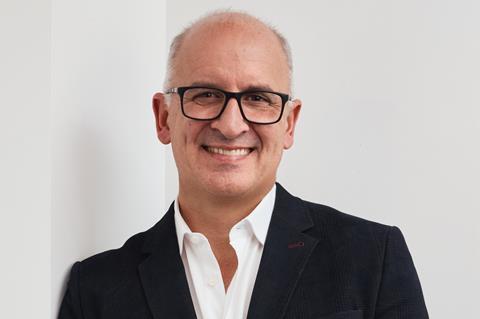
Thanksgiving is almost here, that most American of holidays and a welcome excuse to pause, eat far too much, and spend time with the people who matter most. Wedged between Halloween and Christmas, it remains refreshingly uncommercial: no gifts, no cards, just food, family and friends.
At our table, each guest takes a moment to share what they have been thankful for over the past year. Personally, I have found it increasingly difficult recently to recognise the America that welcomed me nearly 30 years ago. Yet I chose to become an American and raise my family here, so this Thanksgiving feels like the right moment to remind myself why living and working here remains such a privilege.
First of all, it’s New York! Who wouldn’t want to live and work amid the fun, madness and chaos? As John Lennon said, “America is the Roman Empire, and New York is Rome itself.” That still holds true.
The city may be tamer and safer than when Lennon made it his home, but it still buzzes with a raw energy. As Rem Koolhaas rhapsodised about New York, its delirium and cultural intensity make it feel more alive than any other city I know.
There is little fear here of being too ambitious or outspoken. Success is the only measure that matters, not where you went to school or who you know. In London, I always felt that trying too hard was slightly frowned upon. While I sometimes wonder if my English accent helps impress clients, what truly matters is our shared desire to succeed.
That relentless ambition might grate on European sensibilities, but you would be foolish to underestimate American architects. New York’s major schools – Cornell, Columbia and Cooper Union – are among the world’s best, attracting top academics and producing exceptionally talented young designers.
That freedom of expression, that lack of fear in trying something new, also shapes the way buildings get designed in New York. When I first arrived here back in the early 90s, the city was still emerging from the hangover of postmodernism. But, a luxury condominium boom coupled with the rise of the internet exposed Americans to the refined modernism of award-winning architects from all over the world.
You get a city where the only real limits are budget and zoning. No planning committees or officers, no public consultation, you simply build what the client can afford
As global wealth poured into the safe haven of New York real estate, star architects such as Fosters and Herzog & de Meuron reshaped the skyline. Talented American architects once confined to designing high-end homes, like Richard Meier, were suddenly crafting towers for millionaires along the Hudson River. Globalisation, in turn, made materials cheaper and good design more highly valued, and New York’s architecture has not looked back since.
Combine this growing design awareness with New York’s complete absence of a formal design review process and you get a city where the only real limits are budget and zoning. No planning committees or officers, no public consultation, you simply build what the client can afford.
That can, of course, produce some dreadful buildings, but with the right architects and the right clients, it can also produce extraordinary ones, such as Bjarke Ingels’ pyramid on West 57th Street or Jean Nouvel’s 53W53 tower. The only real constraint is your own talent.
Of course, without a set of officially approved plans that the client or contractor must adhere to, aggressive value engineering, whether before or during construction, can easily undermine a good design, and workmanship can quickly deteriorate. Somehow, though, the end result is a glorious mess of good and bad buildings jostling for dominance. Best viewed from a distance, New York’s skyline grows ever more Blade Runner-esque and, to my eyes, ever more beautiful.
For a country so famously litigious, I am always thankful for how little legal red tape we actually deal with here, particularly when it comes to managing and enforcing contracts. There is far less time wasted on defensive paperwork.
Legally, architects here are less impartial than in the UK: under AIA contracts, we act primarily as the owner’s agent rather than trying to be a neutral go-between for the owner and contractor. Of course, lawyers are ever-present, but there’s a tacit understanding that lawsuits usually end in mutual destruction: “Come after me with your lawyers, and my insurance company will come after you with theirs.” Most disputes end in negotiation rather than in court; nobody wins, but nobody’s ruined either.
Contractually, design-and-build projects are rare, with architects almost always providing the full range of services. When a small design firm wins a major commission but lacks the staff or experience to deliver it, the client typically teams them with a local “architect of record” or “executive architect”, a larger practice that specialises in producing construction documents and overseeing construction administration.
This Thanksgiving I remain deeply grateful to play even a small part in shaping this extraordinary place
When things go well, both teams collaborate with mutual respect to achieve the best building possible. Cost estimating, meanwhile, is handled in-house by contractors rather than by a separate profession of quantity surveyors, creating a leaner, more streamlined process with the added advantage of early input on constructability and sequencing.
Perhaps that is why there seems to be far less existential angst about the profession here than back in the UK. It helps that we are slightly better paid than our counterparts in London. The average New York architect earns around $110,000 (£85,000), compared with about £60,000 in London. Still, as in the UK, it is pitifully less than other professions here, roughly half a lawyer’s salary and a third of what a doctor would earn.
That exhilarating mix of New York’s energy and the relative simplicity and freedom of practising architecture in this city makes me love what I do. While my firm has expanded with offices in Atlanta and Boston, our heart always belongs here.
Over its long history, the city has weathered countless storms, including the Great Depression, the crime and decay of the 1970s and 80s, and the trauma of 9/11. Yet each time, it has come back stronger.
For that resilience, that energy and that enduring sense of possibility, this Thanksgiving I remain deeply grateful to play even a small part in shaping this extraordinary place.
Postscript
Chris Fogarty is co-founding principal of Fogarty Finger


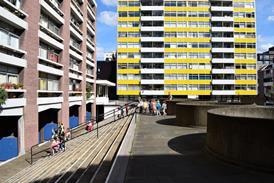


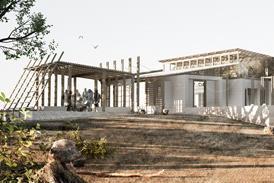
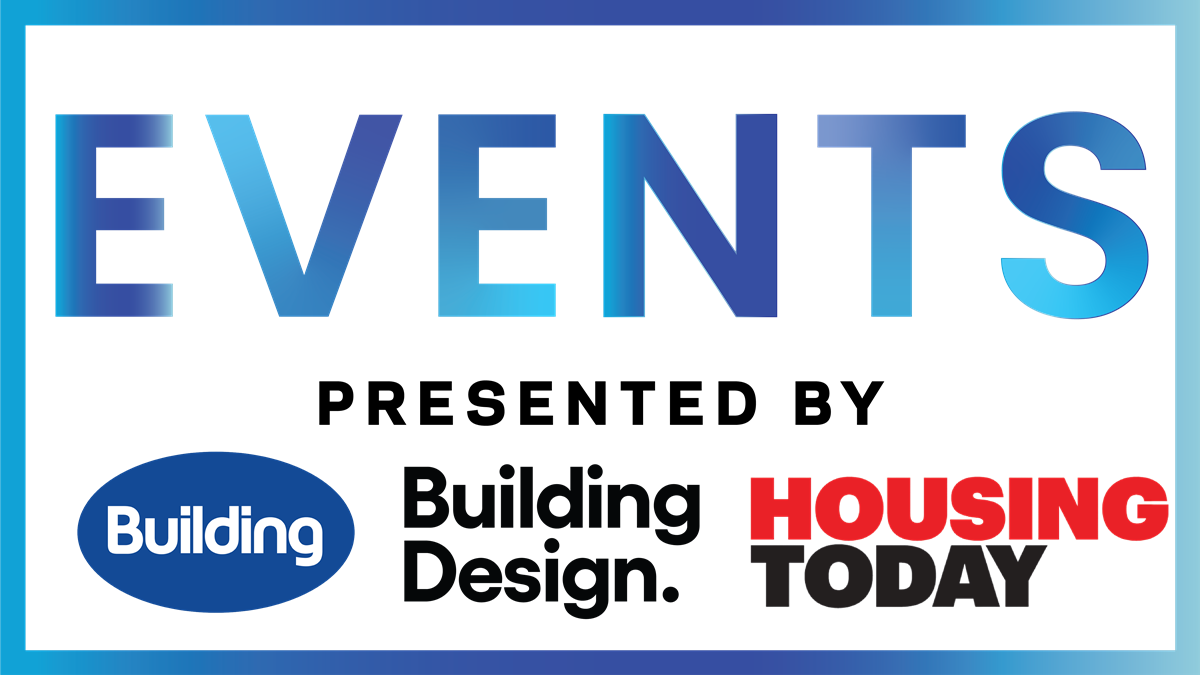

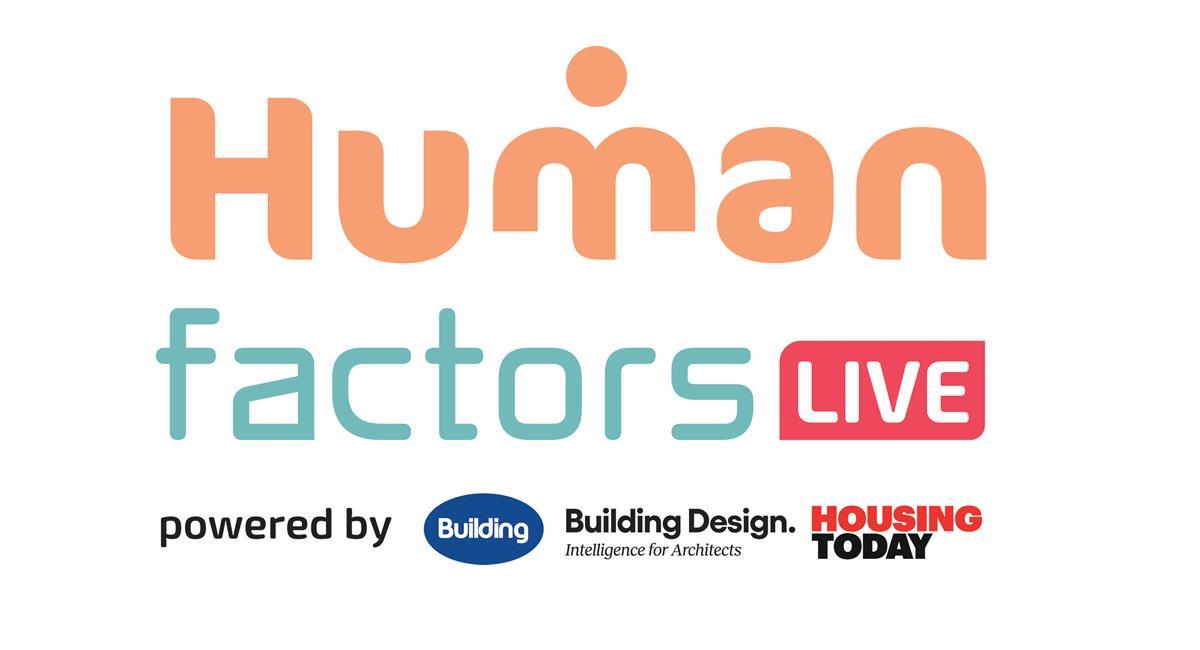







No comments yet